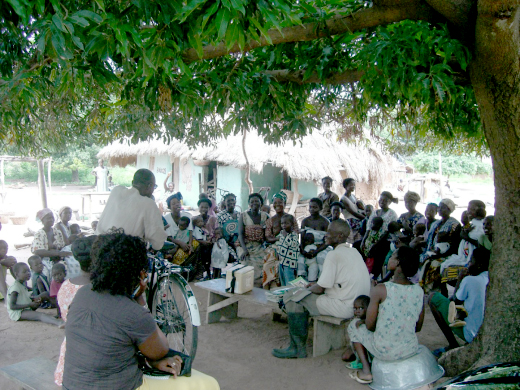Mental and behavioral disorders are among the highest contributors to global disease burden, and there is an enormous treatment gap, particularly in low and middle income countries. One of WHO’s strategies in response to this need is to improve the identification and treatment of common mental disorders in primary care, since these services are generally more accessible, acceptable, and affordable for individuals, families, and communities (WHO, 2003).
Given this objective, developing tools for primary care clinicians to use in identifying and classifying mental disorders is particularly important. Therefore, in parallel with the development of diagnostic guidelines for specialist mental health professionals, a revision of the version for primary care has also been undertaken with the aim of increasing the clinical utility of the classification. According to the WHO’s Primary Care Consultation Group, the ICD-11 classification of mental disorders for primary care will include about 30 diagnostic guidelines for use in accurately identifying common mental disorders in these settings, and these diagnostic guidelines will be connected to treatment guidelines for primary care clinicians.
Depression and anxiety are among the most common mental disorders in primary care, and they often present concurrently; however, in the ICD-10 primary care version, they were included as separate disorders. To facilitate primary care clinicians’ diagnoses, the Primary Care Consultation Group has recommended a diagnostic category of “Anxious Depression” and corresponding screening tools with only five questions for depression and five for anxiety. These proposals were evaluated in one of the primary care field studies, carried out in five counties (Brazil, China, Spain, Mexico and Pakistan). The study demonstrated that the diagnostic formulation for this common form of mixed anxiety and depression, as well as the brief screening tools, were clinically useful for the accurate identification of patients who needed mental health treatment in primary care settings around the world.
This field study provides an example of how scientific evidence is supporting the development of a classification of mental and behavioral disorders for primary care. A classification specifically designed for primary care settings can improve the detection and treatment of common mental disorders and therefore decrease the enormous suffering they cause. Another field study evaluating revisions to the diagnostic guidelines for somatic symptoms without a clear medical explanation (Bodily Distress Syndrome) has also been completed, and treatment guidelines are being developed for primary care professionals for those categories that will be included in the ICD-11 Primary Health Care version, based on international evidence-based management guidelines such as the WHO’s own mhGAP.


